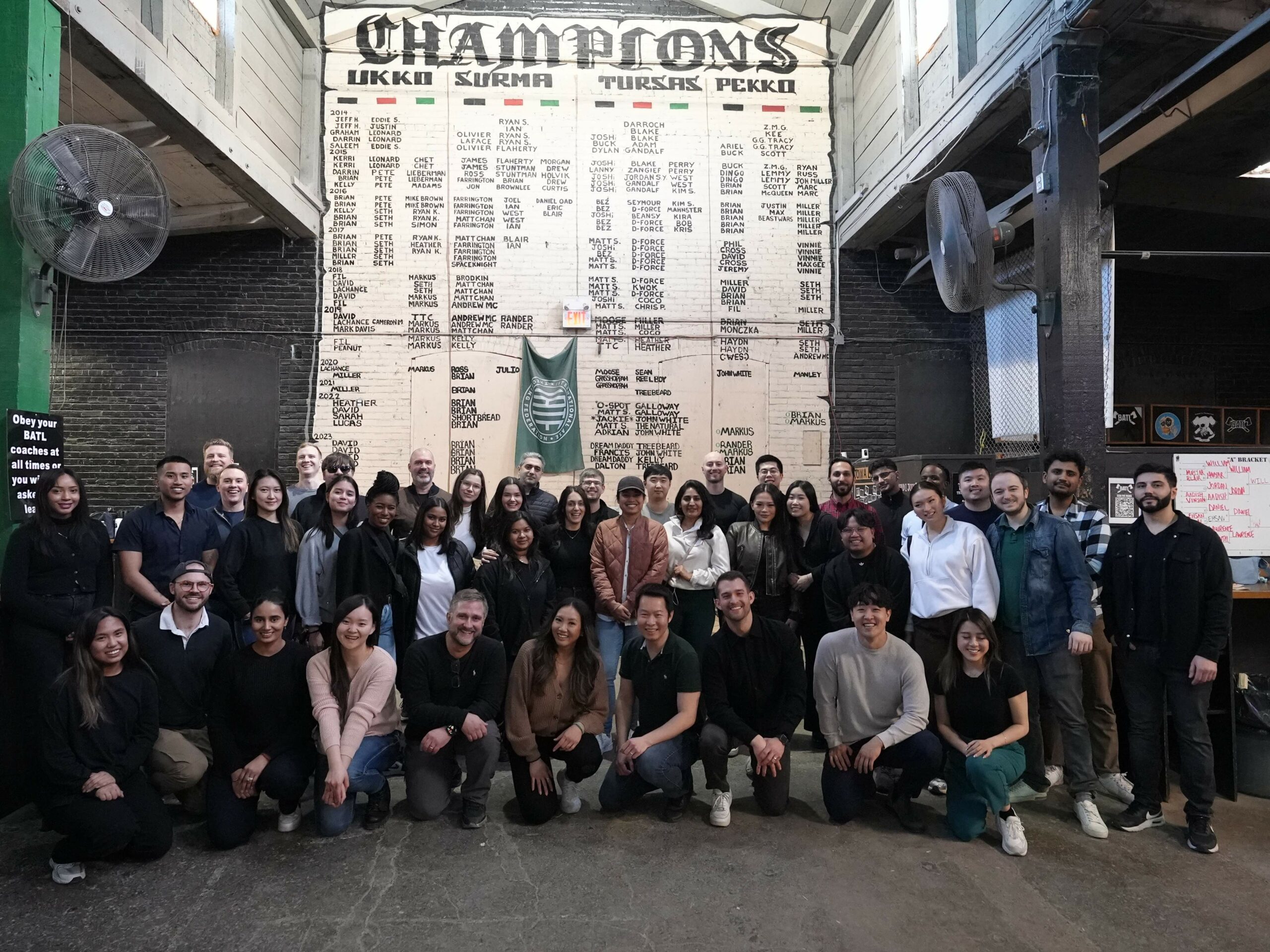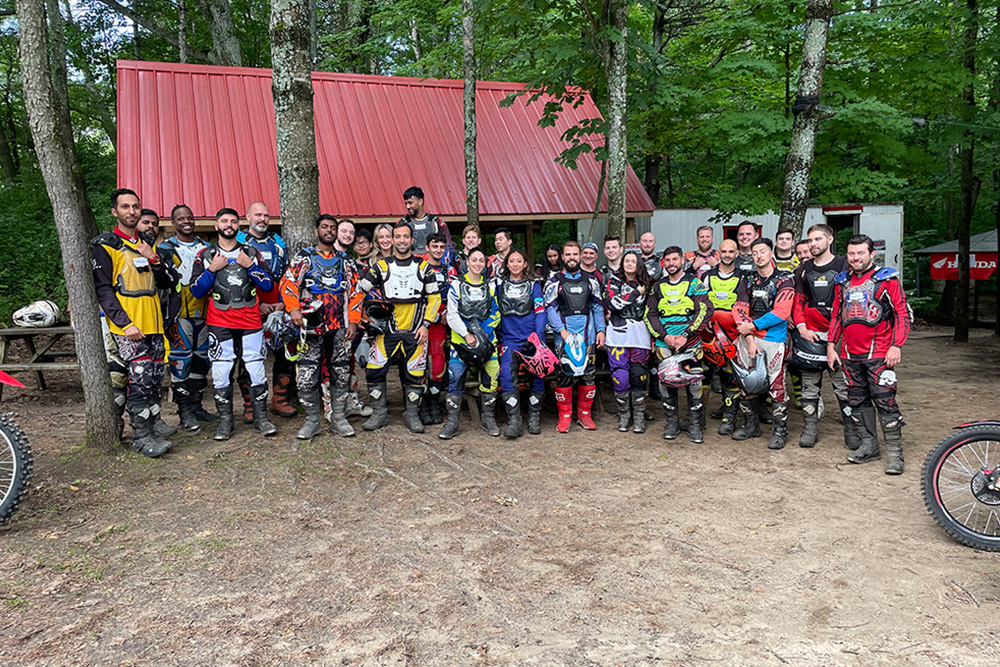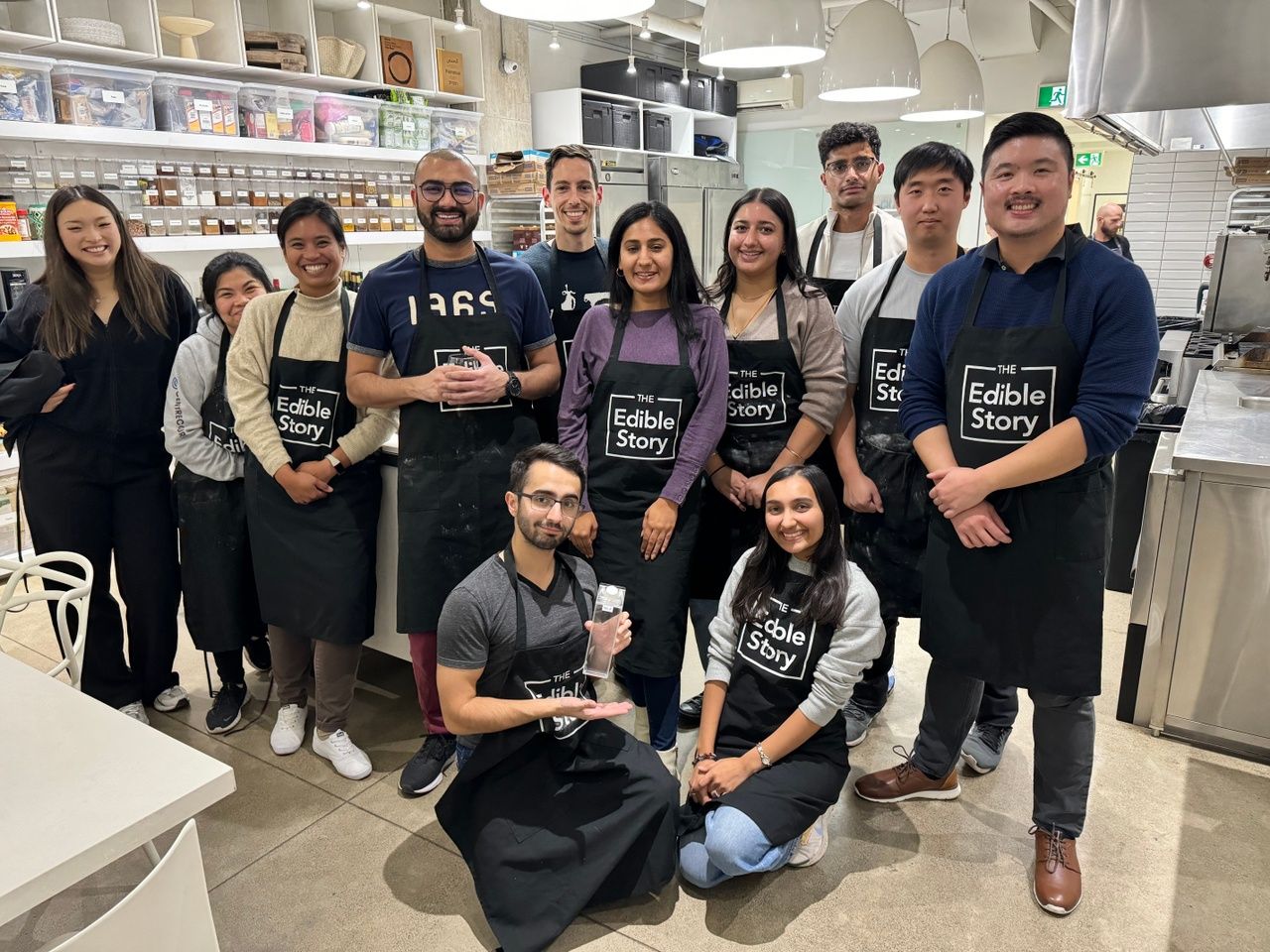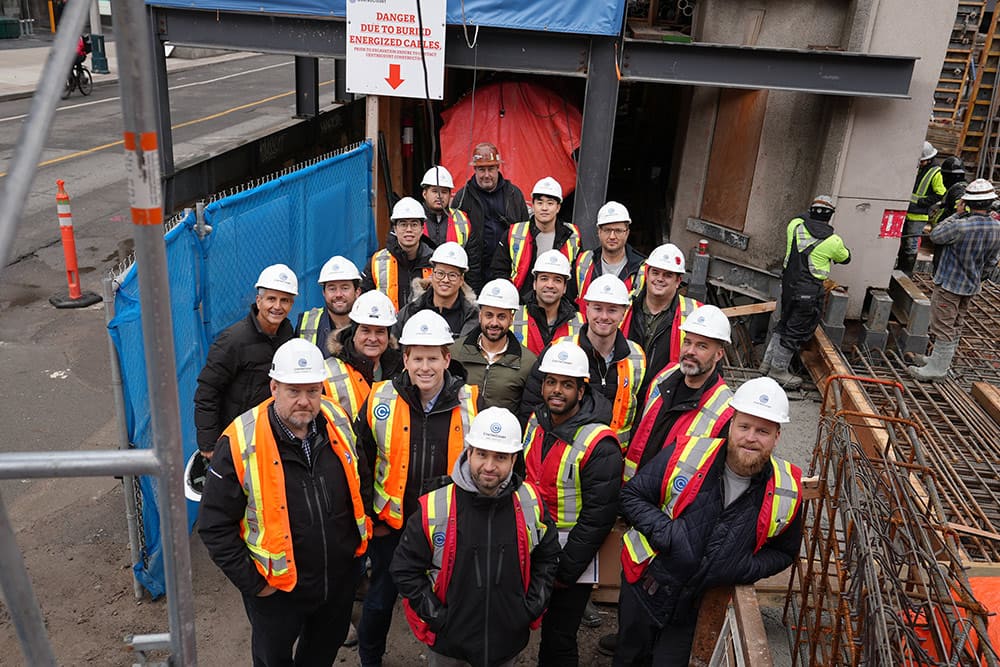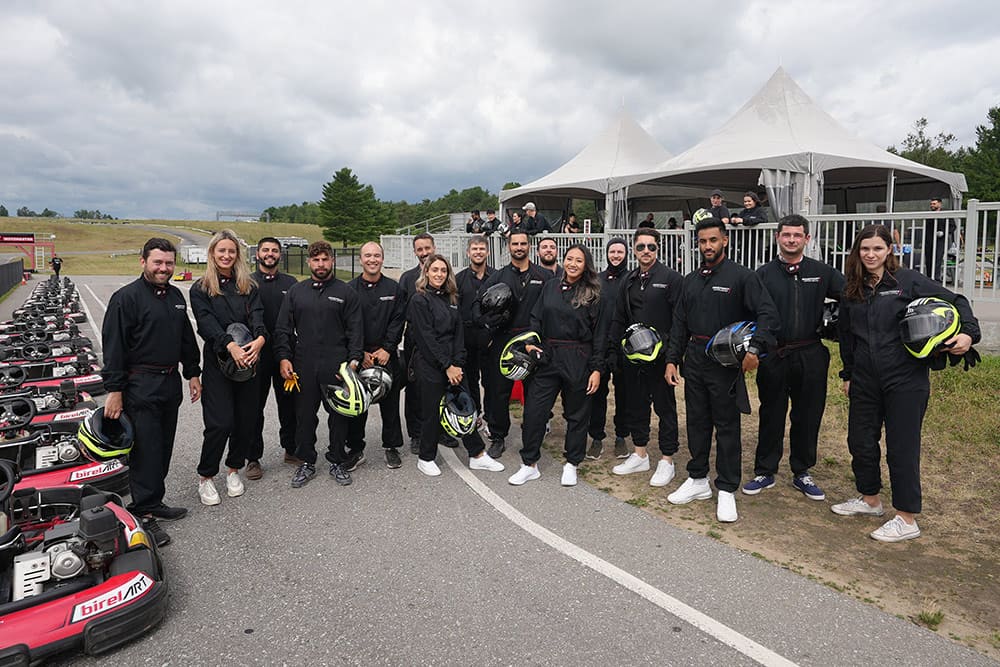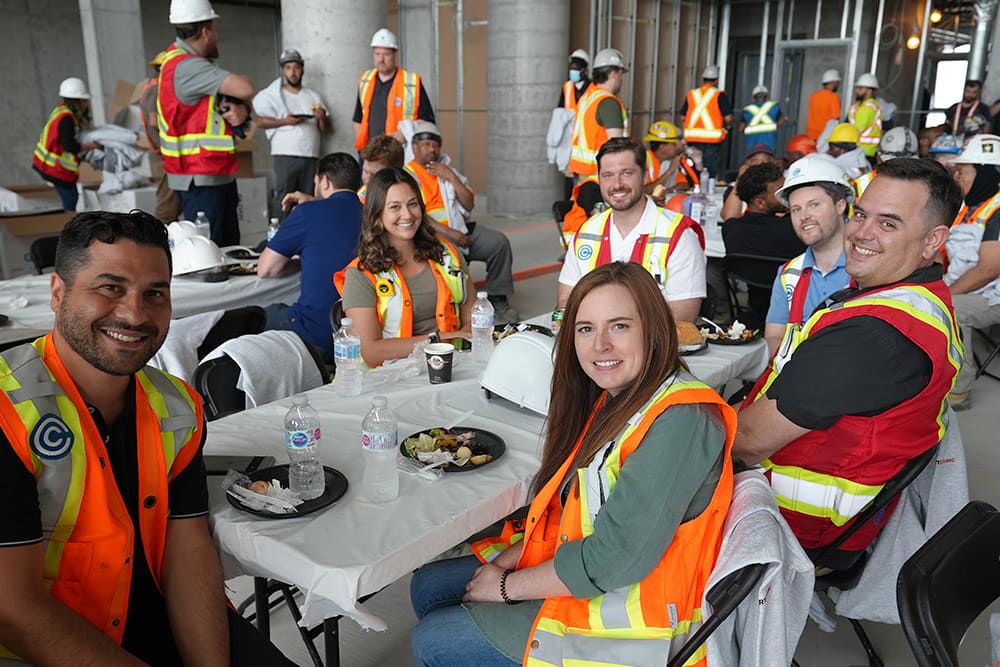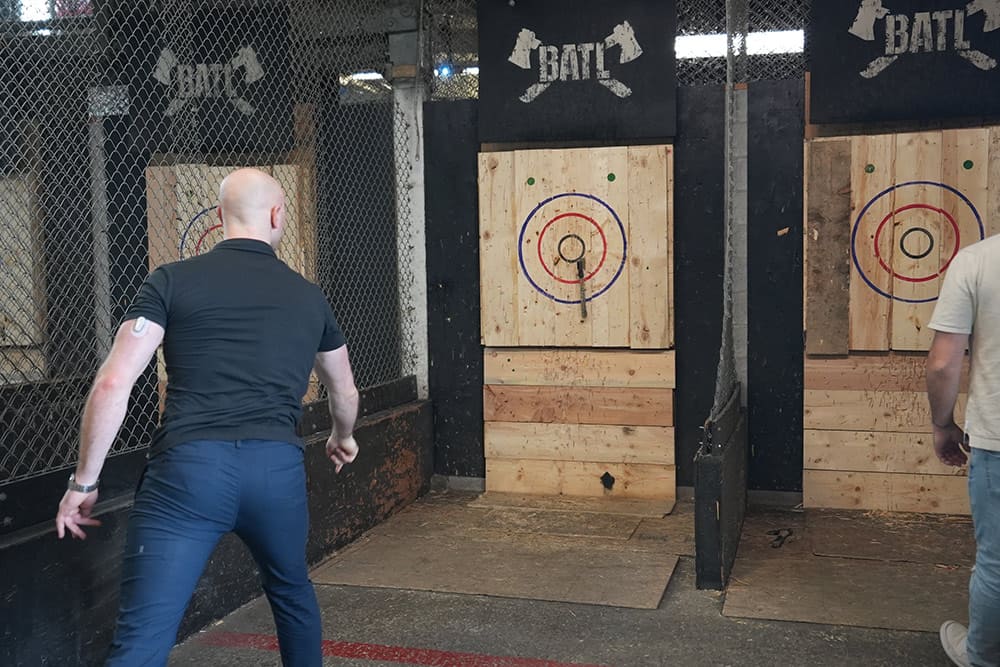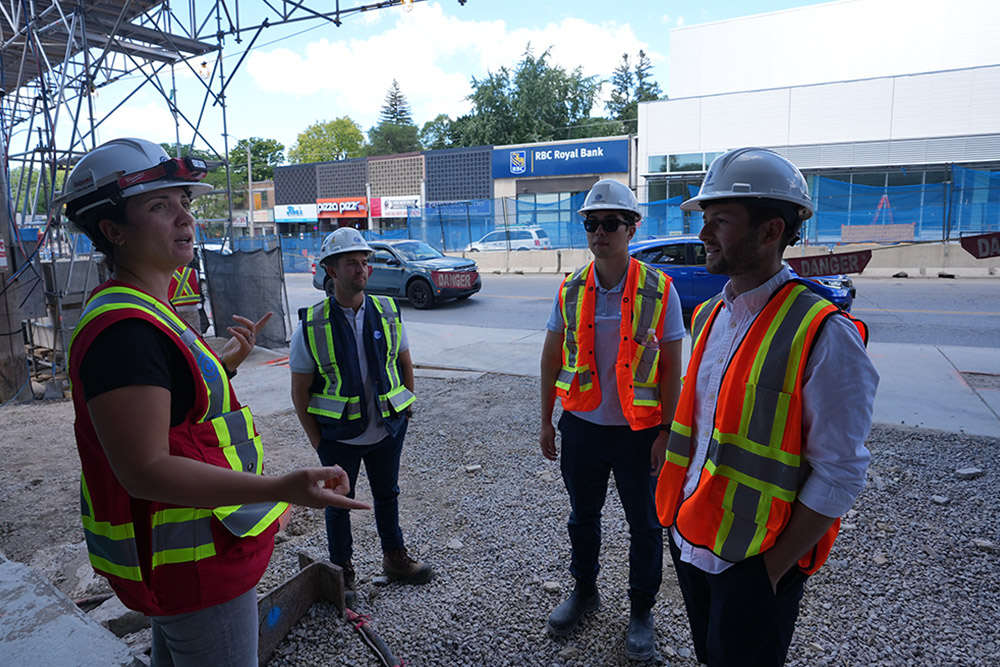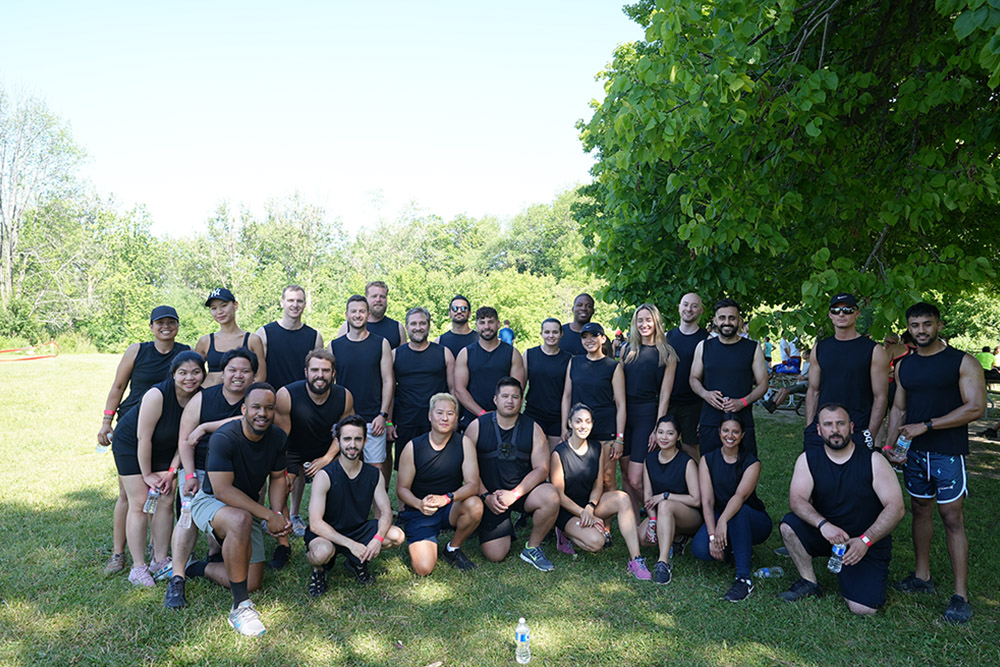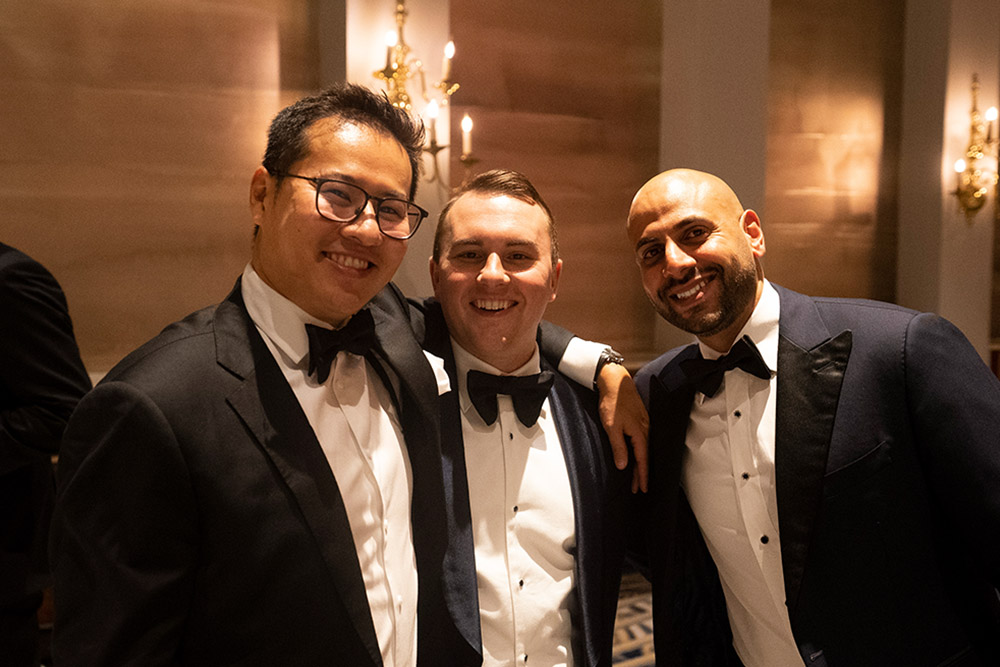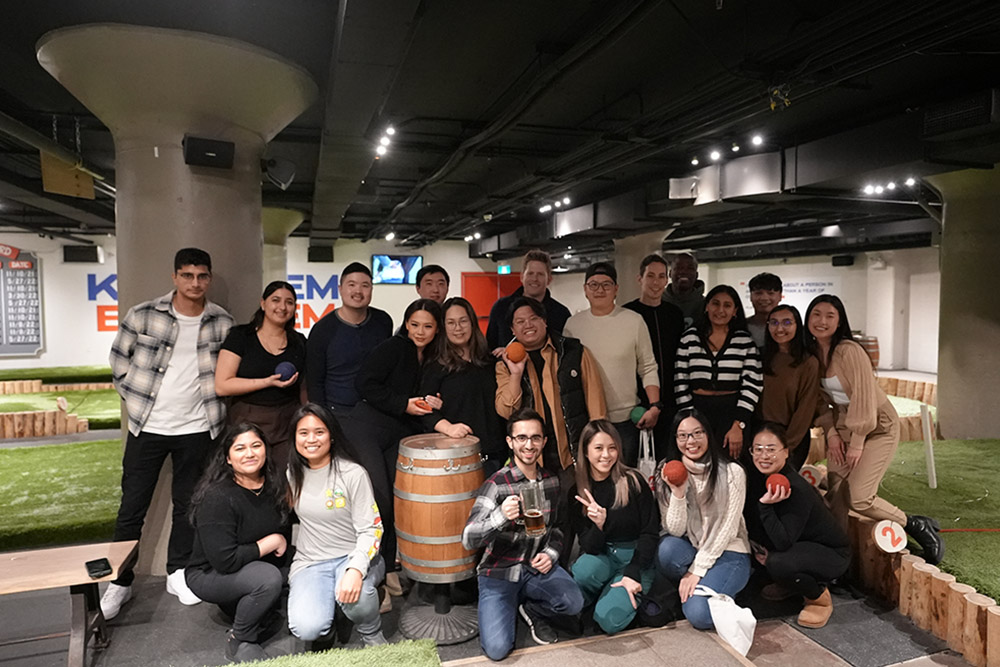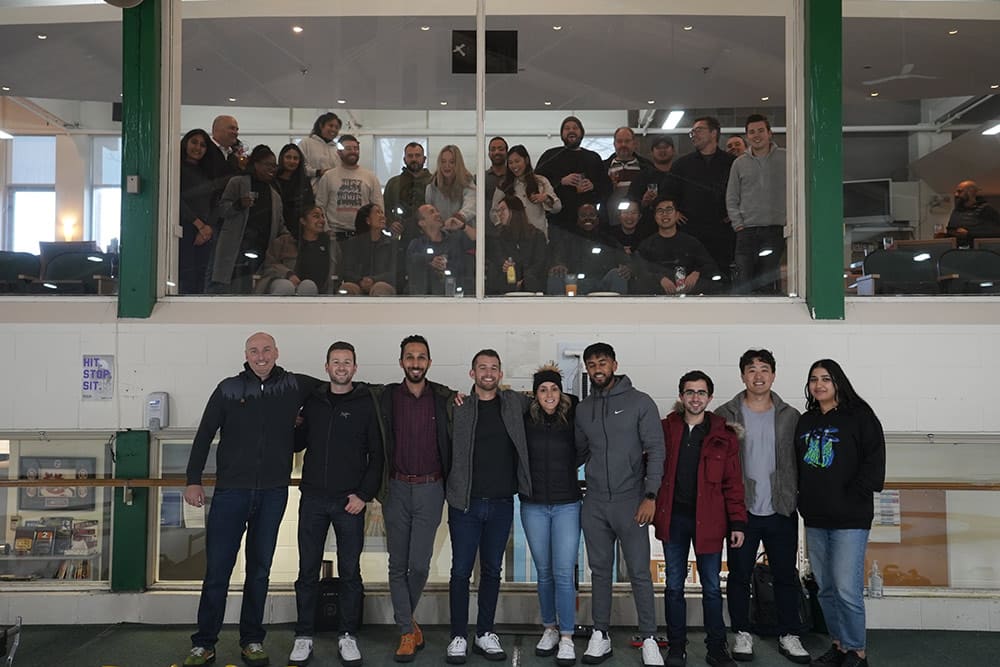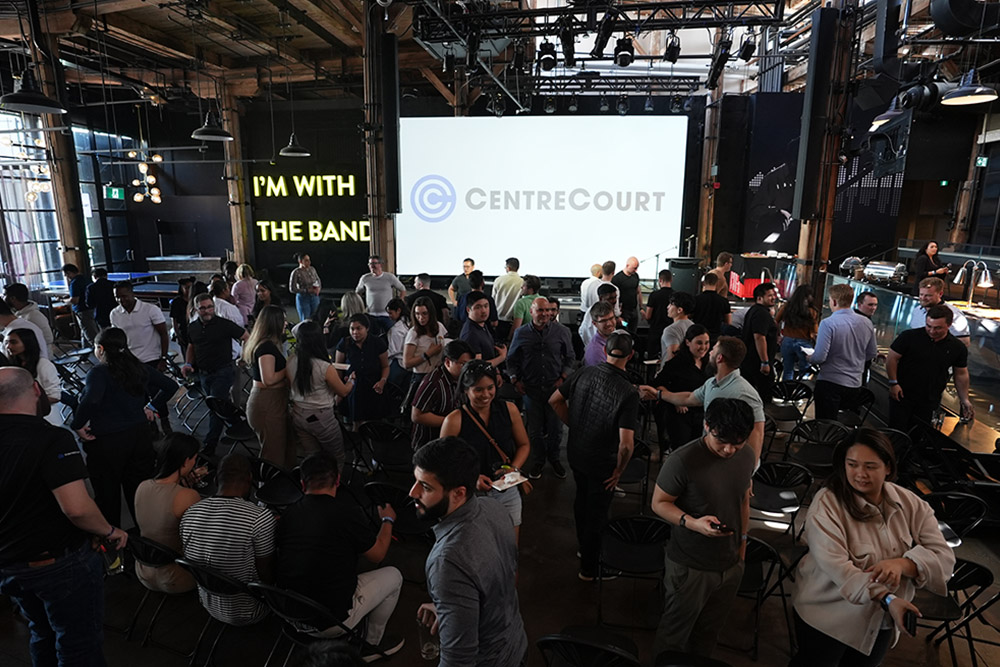+
$ + Billion
A story in numbers
Since its inception in 2010, CentreCourt has been the fastest growing and top performing residential developer in the GTA and was recognized by Canadian Business as one of Canada’s fastest-growing companies. Today, CentreCourt is one of the largest high-rise developers in Canada with 19 high-rise residential projects (completed and in construction), collectively representing over 10,000 homes and over $5.6 billion dollars of development value. In early 2022, CentreCourt raised CentreCourt Platform II – a $400 million long-term equity fund – that ensures it has the capital to continue its strong growth trajectory, while reacting flexibly and opportunistically in any market environment.
Experts at Every Level
Meet Our Team
Mark Mulvenna
Senior Site Superintendent
Mark Mulvenna
Senior Site Superintendent
'post' with ID 1961 renders 'post' 1961 (edit)
And so on...
a 'post' could be a Breakdance template, global block, WP post, page, or any other content

Yuval Nachmani
Senior Project Manager

Jacob Truglia
Partner, VP Business Lead
Proud of the work we do
CentreCourt is a fully integrated real estate development organization that operates across all areas of development including land acquisition, zoning, design, marketing, sales, construction, and customer care. We are currently focused on large scale, high-rise residential communities located near major amenities, rapid transit networks and employment nodes across the Greater Toronto Area (GTA).


Proud of the results we achieve
As one of the GTA’s leading high-rise residential developers, we continually hold ourselves to the highest standards of excellence constantly exceeding the expectations of our homeowners.
Our developments are collaborative endeavours undertaken with best-in-class planners, architects, interior designers and construction trades. We take great pride in the positive impact our developments have on homeowners and the communities they are part of.
Ranked 11th
Ranked 11th
Fastest Growing Company in Canada
2021
199 Church
- Best Experiential Marketing Campaign
- Best Overall Marketing Campaign
2020
Transit City 5
- Best Suite Design
2017
Transit City
- People's Choice Award
- Best Salesperson or Team
2016
411 Church Condos
- Best Public Relations Campaign
- Best Overall Marketing Campaign
2015
Core Condos
- Best Project Logo
2013
INDX Condos
- People's Choice Award
- Best Magazine Ad
- Best Project Logo
Karma Condos
- Best Email Marketing
2012
Karma Condos
- Best Project Rendering

2023
Pickering City Centre
- Best Video - Long Format - Over 1 Minute
2022
8 Wellesley
- Multi-Family Community of the Year (4 Stories & Above)
2011
Peter Street Condos
- Gold Medal For Presentation Centre
- Gold Medal For Graphic Continuity
2018
Transit City
- High or Mid-Rise Condo Suite (up to 800 sqft)
2012
Karma Condos
- High or Mid-Rise Condo Suite Kitchen
Working at CentreCourt
CentreCourt is a flat, high-energy, entrepreneurial, and meritocratic company that affords tremendous growth opportunities to talented individuals. Our culture is grounded in a set of principles that guide the organization – constant improvement, low ego, honesty & integrity, to name a few – and we pride ourselves on having an ownership mindset focused on achieving excellent project outcomes.
At CentreCourt, we are intellectually curious, we want to make material tangible impacts, we thrive in collaborative team environments, and we crave new challenges. Whether working in Development, Finance, Sales & Marketing, Construction, Customer Care, or any of our other in-house business functions, we take pride in continuously pushing to be at the absolute forefront of our industry, and we don’t shy away from new responsibilities.
We Foster Leaders
We look for hard working individuals with exceptional decision making skills. If you are a candidate with a long-term outlook of becoming the best in your field, who is dedicated, and who is seeking a highly engaging and rewarding career path without parallel, please visit our open job postings.



